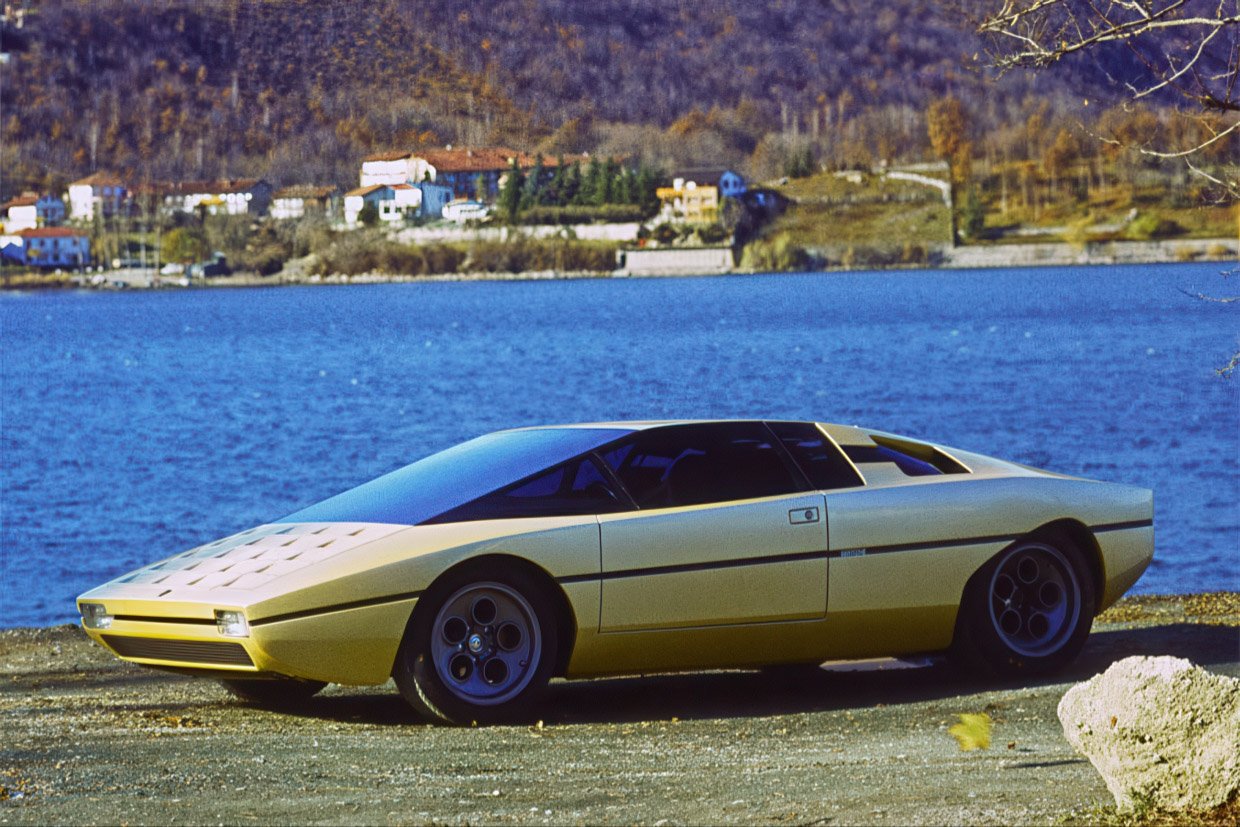Just ten years after opening shop, Lamborghini had already dropped legends like the Miura, Espada, and the bonkers Countach. But lurking behind those iconic V12s was a lesser-known, sharp-edged beast that never made it past the concept stage: the 1974 Lamborghini Bravo.
Unveiled at the Turin Motor Show, the Bravo was a wild-looking wedge designed by the great Marcello Gandini and built by the coachbuilding team at Bertone. Based on the Urraco’s platform, it traded the 2+2 layout for a sleeker, low-slung two-seater setup. With a body that was nearly 20 inches shorter and a tighter wheelbase, the Bravo appeared to be built for slicing through the future.
Pop the Bravo’s louvered rear deck, and you’d find a 3.0-liter V8 borrowed from the Urraco P300, cranking out a respectable 300 horsepower. Mounted transversely and paired with a five-speed manual, it sent power to the rear wheels through a fully independent suspension. The Bravo had McPherson struts up front, Chapman struts out back, and stopped on a dime with four-wheel disc brakes.
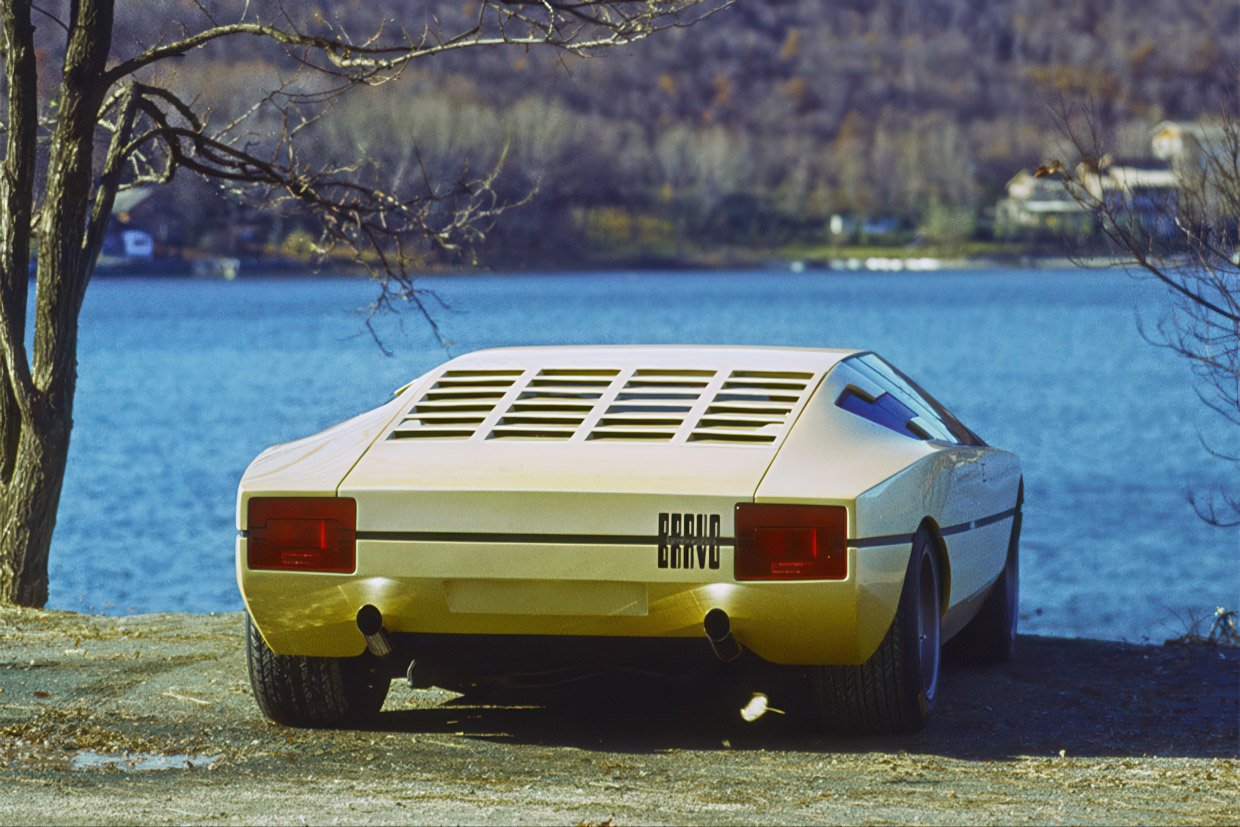
Visually, the Bravo was Gandini doing what he did best: sharp lines, dramatic angles, and a heavy dose of futuristic flair. Its wedge-shaped profile looked like something dreamed up for a science fiction movie, with flush-mounted glass that blurred the boundary between bodywork and cockpit. Pop-up headlights were tucked behind a slatted front fascia, while trapezoidal intakes folded neatly into the rear quarter windows, channeling air to the engine without disrupting the silhouette. Its signature five-hole wheels were years ahead of their time, laying the groundwork for future Lambos like the Diablo and Murciélago.
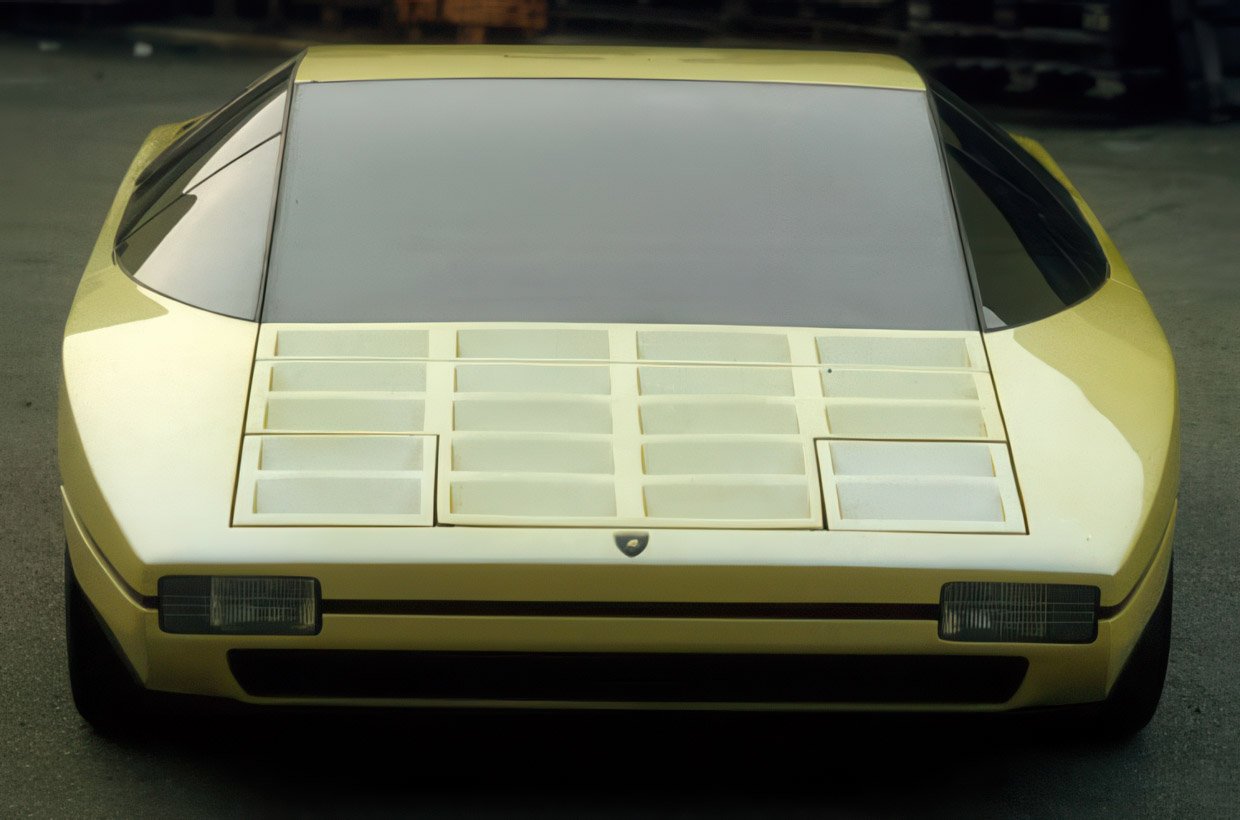
Inside the Bravo is a minimalist cockpit that still feels like it’s from the future. The seats were wrapped in grippy Alcantara, with the dash stripped down to a single brushed aluminum panel lined with warning lights and gauges. That clean, functional design looked space-age in the ’70s, and would still turn heads today. Despite its low profile, forward visibility was quite good thanks to its skinny windshield pillars and glassed-in sections.
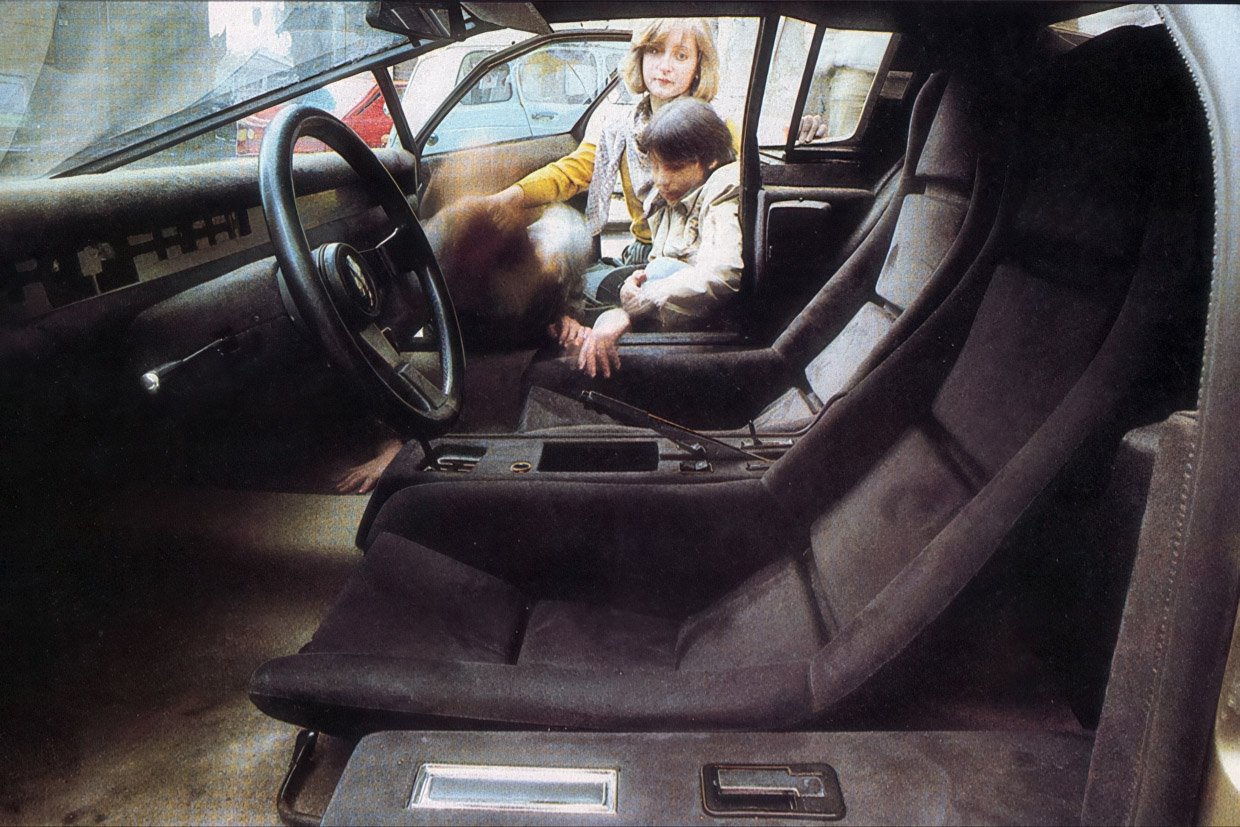
Like many Bertone show cars, the Bravo saw several repaints — from its original light metallic yellow to green, and most recently, a pearlescent white. It has changed hands over the years, and the one-of-a-kind car remains a retro-futuristic glimpse into what could have been.
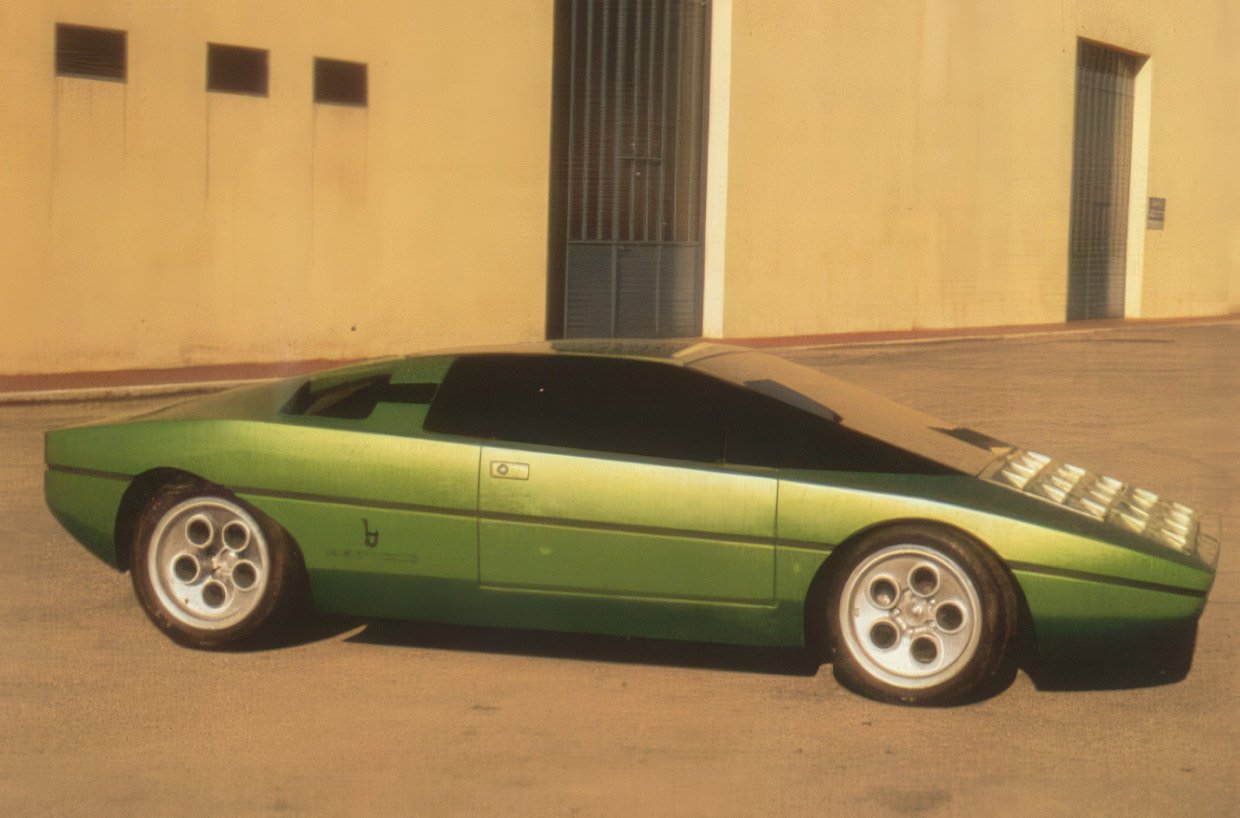
Even after racking up thousands of kilometers in testing, the Bravo never progressed beyond the prototype stage. The mid-’70s oil crisis and Lamborghini’s shaky finances pulled the plug on what could’ve been a wild little production car. It still managed to snag a few magazine covers through 1978, but eventually, the Bravo slipped quietly into the pages of automotive history. The Bravo wasn’t just a concept car; it continues to serve as a time capsule of 1970s Italian design, engineering ambition, and the reckless optimism of an automaker chasing the future with a V8 scream and a wedge-shaped dream.
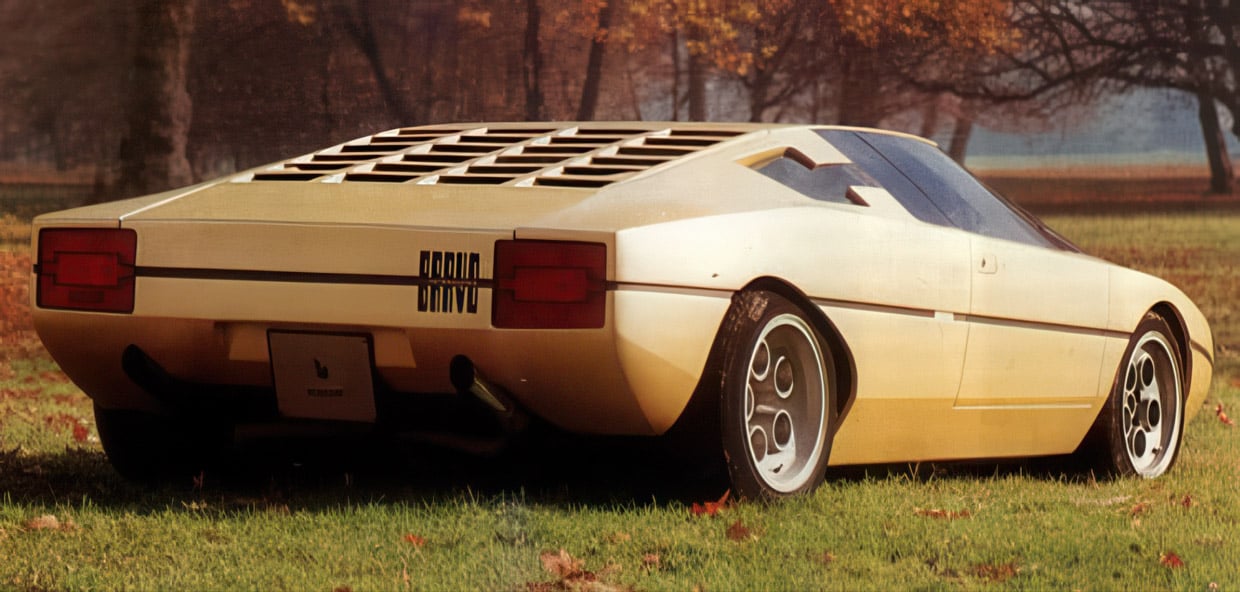
Source:: Autos – 95octane.com

